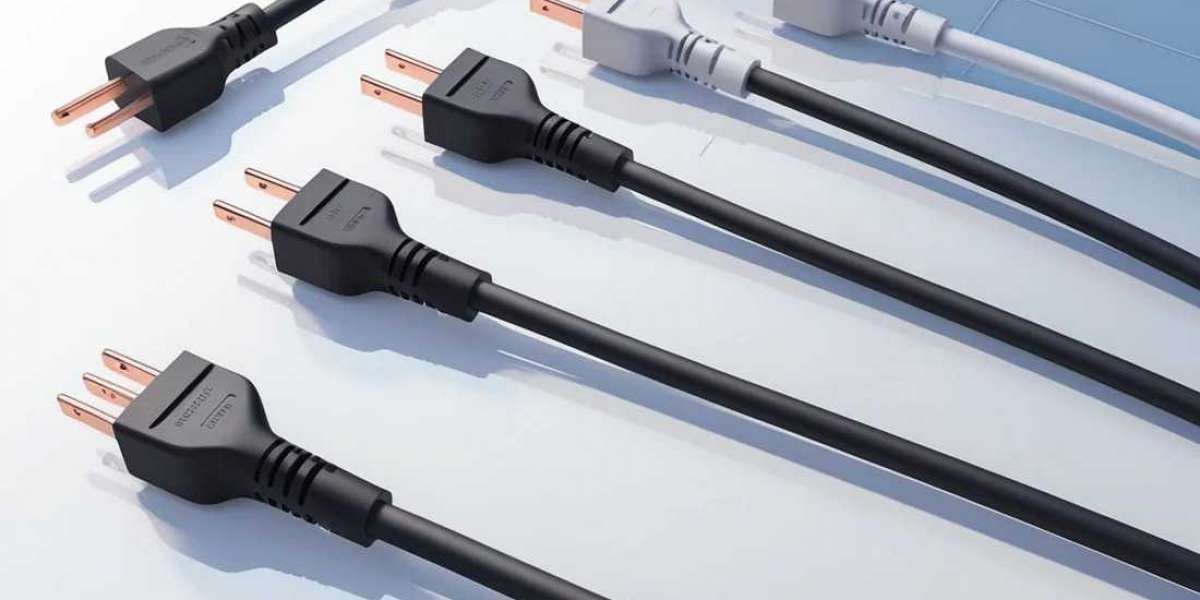Understanding Docker CMD
What is CMD?
The CMD instruction in a Dockerfile provides the default command that will be executed when a container starts. It is typically used to define arguments that can be overridden at runtime. For instance, if you specify CMD ["python", "app.py"], this will run the Python interpreter with your application as the argument.
How CMD Works
CMD is designed to work as a fallback. dockerfile cmd vs entrypoint If a container is run without any command line arguments, the CMD will be executed. However, if you provide a command when running the container, that will override the CMD instruction.
In the example above, if you run the container with no additional commands, it will execute python app.py. If you run docker run container ls, the ls command will be executed instead of the CMD.
Key Features of CMD
- Default Command: CMD sets the default command, but it can be overridden by the user at runtime.
- Flexible: Useful when you want to provide a default command but still allow users to run different commands as needed.
Understanding Docker ENTRYPOINT
What is ENTRYPOINT?
The ENTRYPOINT instruction also defines what should run when a container starts, but it’s designed to be non-overridable. It sets the main command that the container executes, and this command will always be executed regardless of additional commands provided at runtime.
How ENTRYPOINT Works
Unlike CMD, ENTRYPOINT doesn’t allow full command overrides but rather appends any arguments passed at runtime. If you want the ENTRYPOINT command to always run, regardless of user input, this is the right choice.
In the example above, even if you pass a command like docker run container ls, Docker will still run python app.py, followed by ls as an argument to the script.
Key Features of ENTRYPOINT
- Non-Overridable: ENTRYPOINT is not overridden by runtime commands; instead, additional commands are passed as arguments.
- Main Process: It's ideal for containers where you want to ensure that a specific process always runs.
CMD vs ENTRYPOINT: Differences and Use Cases
While both CMD and ENTRYPOINT define what a container should run, they serve different purposes depending on your use case. Let's dive into some critical differences between them.
Overriding Behavior
- CMD: Can be completely overridden by a command at runtime.
- ENTRYPOINT: The command specified in ENTRYPOINT cannot be replaced at runtime, but additional parameters can be passed.
Flexibility
- CMD: Offers more flexibility because users can specify their commands when running the container. For example, if you have a base image and want to provide various runtime options, CMD is the right choice.
- ENTRYPOINT: Best used when you want to enforce a specific process or command, ensuring that it always runs when the container starts.
Default Behavior
- CMD: Is best for cases where the container’s main task can change based on user input.
- ENTRYPOINT: Ideal when you want the container to perform a single, fixed task, with optional arguments passed at runtime.
Combining CMD and ENTRYPOINT
One of the most common questions is whether CMD and ENTRYPOINT can be used together, and the answer is yes. In fact, combining them can offer the best of both worlds. When used together, ENTRYPOINT defines the executable, while CMD defines the default parameters.
In this example, the ENTRYPOINT is set to echo, and CMD provides the default argument Hello, World!. When the container runs without any additional commands, it will print Hello, World!. If you run docker run container Docker, it will print Docker.
When to Use CMD
- General Purpose Containers: CMD is ideal when building containers that might need to run different commands depending on the situation.
- Providing Default Arguments: It’s useful when you want to give users the option to run the container without specifying any arguments, but you also want them to be able to override the command if needed.
When to Use ENTRYPOINT
- Enforcing a Command: ENTRYPOINT is the best choice when you want to ensure that a particular command always runs.
- Main Process Containers: If your container is meant to run a single process, such as a web server or database, ENTRYPOINT ensures that process is always the focus.
Best Practices for Docker CMD vs ENTRYPOINT
- Use CMD for Default Commands: When building Docker images that are intended for a variety of tasks, use CMD to provide flexibility.
- Use ENTRYPOINT for Fixed Tasks: ENTRYPOINT should be your choice for containers meant to run a specific, unchangeable task.
- Combine CMD and ENTRYPOINT: You can combine both to have an enforced command with modifiable arguments. This is a common pattern for many Docker containers.
- Be Mindful of Overrides: If you use CMD alone, ensure that users are aware it can be overridden. If the command is crucial, consider switching to ENTRYPOINT.
- Testing Your Containers: Always test how your container behaves when using different combinations of CMD and ENTRYPOINT to ensure it aligns with your expectations.
Conclusion
Choosing between CMD and ENTRYPOINT depends largely on the behavior you want to enforce in your Docker containers. web socket tester While CMD allows flexibility by offering default commands that can be overridden, ENTRYPOINT is ideal for containers that require a fixed process to always run. By combining the two, you can create powerful, versatile containers.
Understanding the nuances of docker entrypoint vs cmd can make your Docker workflows more efficient and ensure your containers behave exactly as intended.







